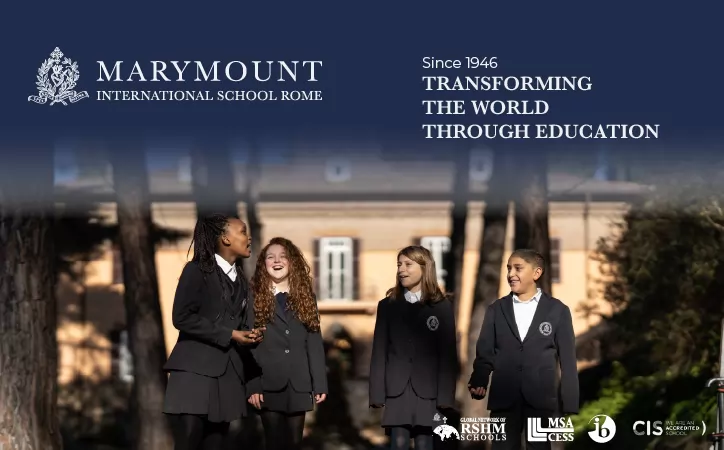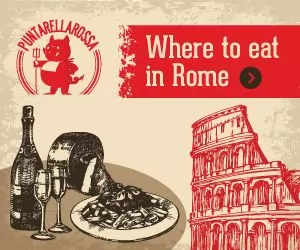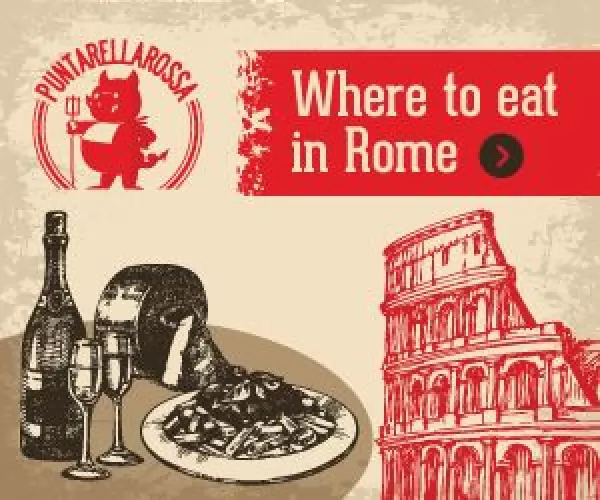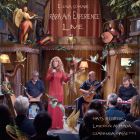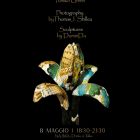All eyes are on a chimney over the Sistine Chapel, waiting for white smoke to signal the election of a new pope, as the conclave enters its second day.
The first day of the conclave to elect a new pope ended on Wednesday evening with black smoke billowing out of the chimney over the Sistine Chapel, signifying an inconclusive vote.
Tens of thousands of people gathered in St Peter's Square as cardinals voted in the first ballot to elect a successor to Pope Francis, who died last month aged 88.
The solemn and secretive process got underway earlier that afternoon when the 133 cardinal-electors were locked into the Sistine Chapel.
Cardinals will vote a maximum of four times per day - twice in the morning and twice in the afternoon - until one cardinal secures the two-thirds majority required to become the 267th leader of the Catholic Church.
The new supreme pontiff will need the backing of at least 89 cardinals to be elected.
As part of an ancient custom, the Vatican uses smoke to signal to the world whether the round of voting has been decisive or not.
If the vote is inconclusive the smoke will be black. If a pope has been elected, the smoke will be white and bells will ring out.
The first news from the Sistine Chapel was expected some time after 19.00 on Wednesday, however the black plumes of smoke did not appear until two hours later.
Black smoke emerged from the chimney over the Sistine Chapel at 21:00 on Wednesday evening, signalling that a first ballot has been held at the conclave and has concluded without the election of a Pope.https://t.co/hlmAJdskTO pic.twitter.com/AKxuUbDK2g— Vatican News (@VaticanNews) May 7, 2025
After spending the night sequestered in the Vatican's Santa Marta guesthouse, the cardinals had an early breakfast followed by Mass before they return to the Sistine Chapel for day two of the secret ballot.
During the papal election process, the smoke signals traditionally occur at around midday and early evening, around 19.00.
On Thursday the first smoke signal could be at around noon, unless a new pope is chosen in the first round of votes that day, in which case the white smoke could billow out at around 10.30.
If there is no consensus in the morning, the next smoke signal could be expected at 19.00, unless a new pope is chosen in the first afternoon vote, in which case the white smoke would appear at around 17.30.
The cardinals will remain locked away in the Vatican, sworn to secrecy and without access to the outside world, until the election of a new leader of the world's 1.4 billion Catholics.
The previous two conclaves in 2005 and 2013, which saw the election of Benedict XVI and Francis respectively, both lasted two days.
Some papal elections in the 20th century took up to five days while the longest conclave in history, in the 13th century, lasted two years and nine months.
Photo credit: Vatican Media.



